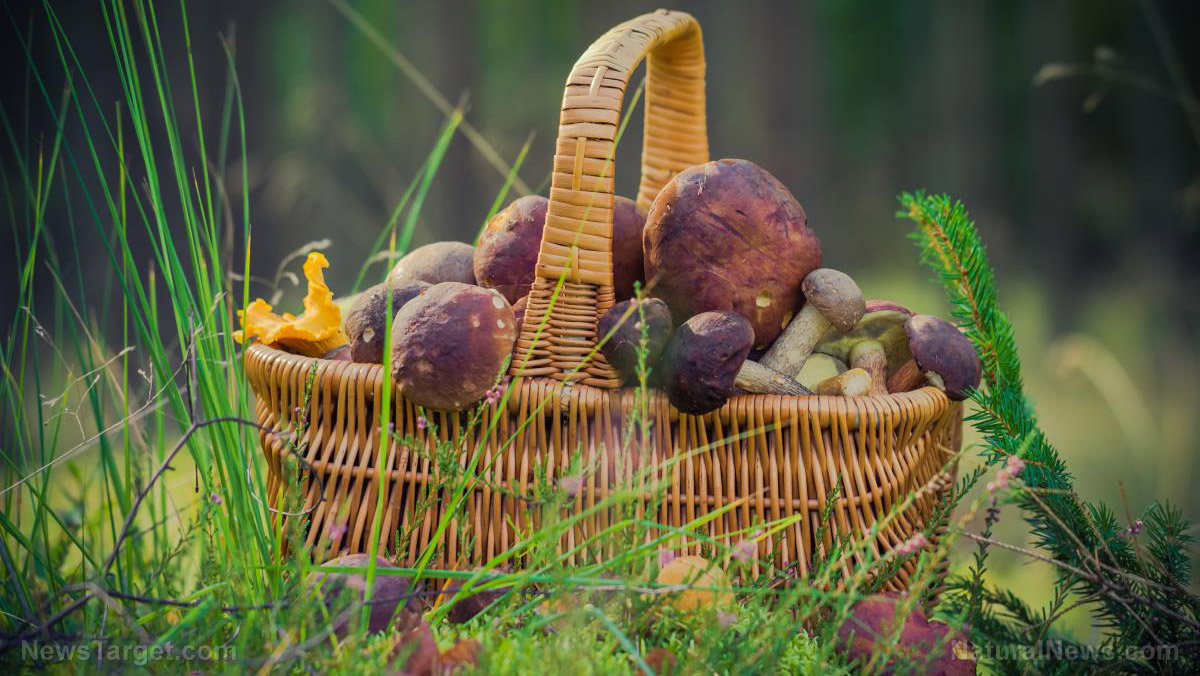
Advertisement
In a nutshell, companion planting is all about matching plants (herbs, flowers, fruits and vegetables) that can benefit each other. This is often done to promote a mutualistic relationship between the two plants wherein the plants support each other in terms of pest control, pollination and growth.
When applied to a well-maintained vegetable garden, companion planting guarantees a bountiful harvest. That said, the idea of companion planting can still be intimidating for most beginner gardeners. But it doesn’t have to be. In fact, companion planting can be the best thing to do for a budding edible garden.
Benefits of companion planting
There are a lot of great reasons to start companion planting. Here are some of the benefits of this method, according to seasoned gardeners:
Companion planting saves space
Companion planting is a great gardening method for people with limited outdoor space. For instance, planting a vining plant under a taller, sturdier plant makes great use of a small garden plot, and it also eliminates the need for a trellis.
With companion planting, it’s also possible to plant certain crops next to each other (thus saving space) without having them compete for nutrients. Tomatoes and carrots are a great example of such a combination, as both of them grow at different paces and in different seasons.
Companion planting supports the soil
Having companion plants helps keep the soil moist and prevent erosion. This is because open, unused soil patches are more prone to erosion since there are no plant roots holding down the soil. In contrast, dense or packed garden plots allows the plants to hold onto the soil and keep it moist.
Vining plants like cucumber and squash, in particular, are useful for shading the soil. This means that their vines protect the soil from too much sunlight, which can be useful in times of drought.
Companion planting inhibits weed growth
Large leaves and dense foliage help prevent sunlight from nourishing weeds near other plants. The concept is similar to that of how vines cover the soil to protect it from intense heat.
That said, it’s important to choose the right plants for the purpose of controlling weed growth to ensure that the plants benefit from each other. A great combination for this purpose involves climbing beans and squash. The beans attract beneficial insects that protect the squash from bugs, while the squash uses its large leaves to prevent weeds near the bean plant from getting enough sunlight.
Companion planting helps control pests
As mentioned in the previous section, certain plants help repel insects from damaging other plants. This eliminates the need to use pesticides, organic or not. In the long run, companion planting encourages gardeners to be more conscious about their choices when it comes to planting certain crops together.
Companion planting helps with disease issues
Planting the same two or three crops in the garden is a recipe for disaster because it allows diseases to spread fast. Planting different species and crops can help prevent this scenario and stall the spread of the disease should it occur.
Companion planting attracts beneficial insects
Having different plants in the garden helps attract pollinators and other beneficial insects that support plant growth. For this reason, some gardeners like to plant blooms near fruit or vegetable plants that could use a pollinator or two for better yield.
Companion planting supports plants
Plants like beans, tomatoes and other climbing crops require a bit of support to keep them from drooping or growing in haphazard directions. A trellis is often the go-to solution for this common plant issue, but planting sturdier plants next to the flimsier ones achieves the same effect.
Companion planting might seem like an odd and novel idea. But it’s one of the easiest and most useful methods of gardening and agriculture that seeks to make the most out of the plants themselves in terms of pest control, pollination and growth.
Read more articles about home gardening and companion planting at HomeGardeningNews.com.
Sources:
Advertisements







